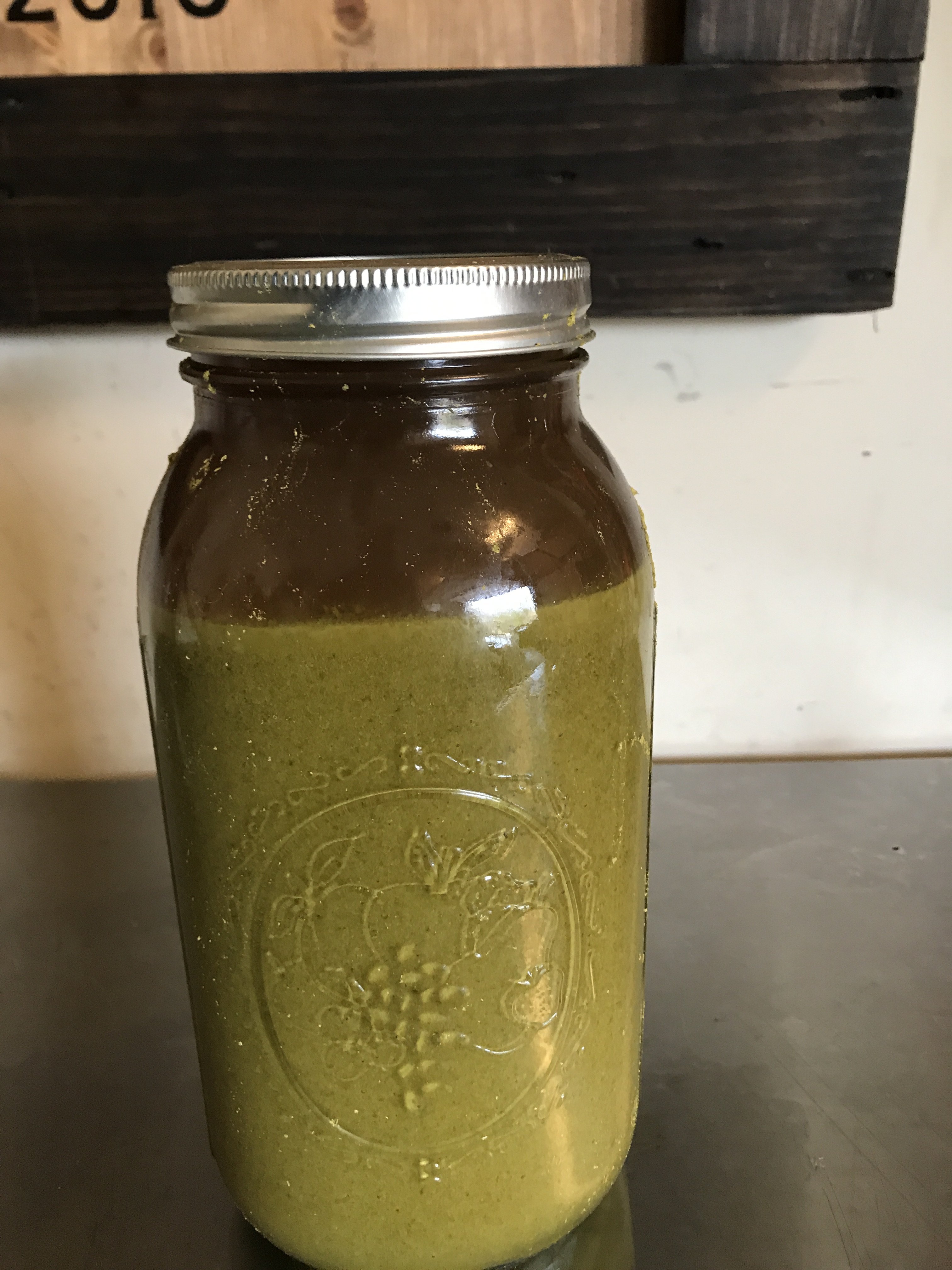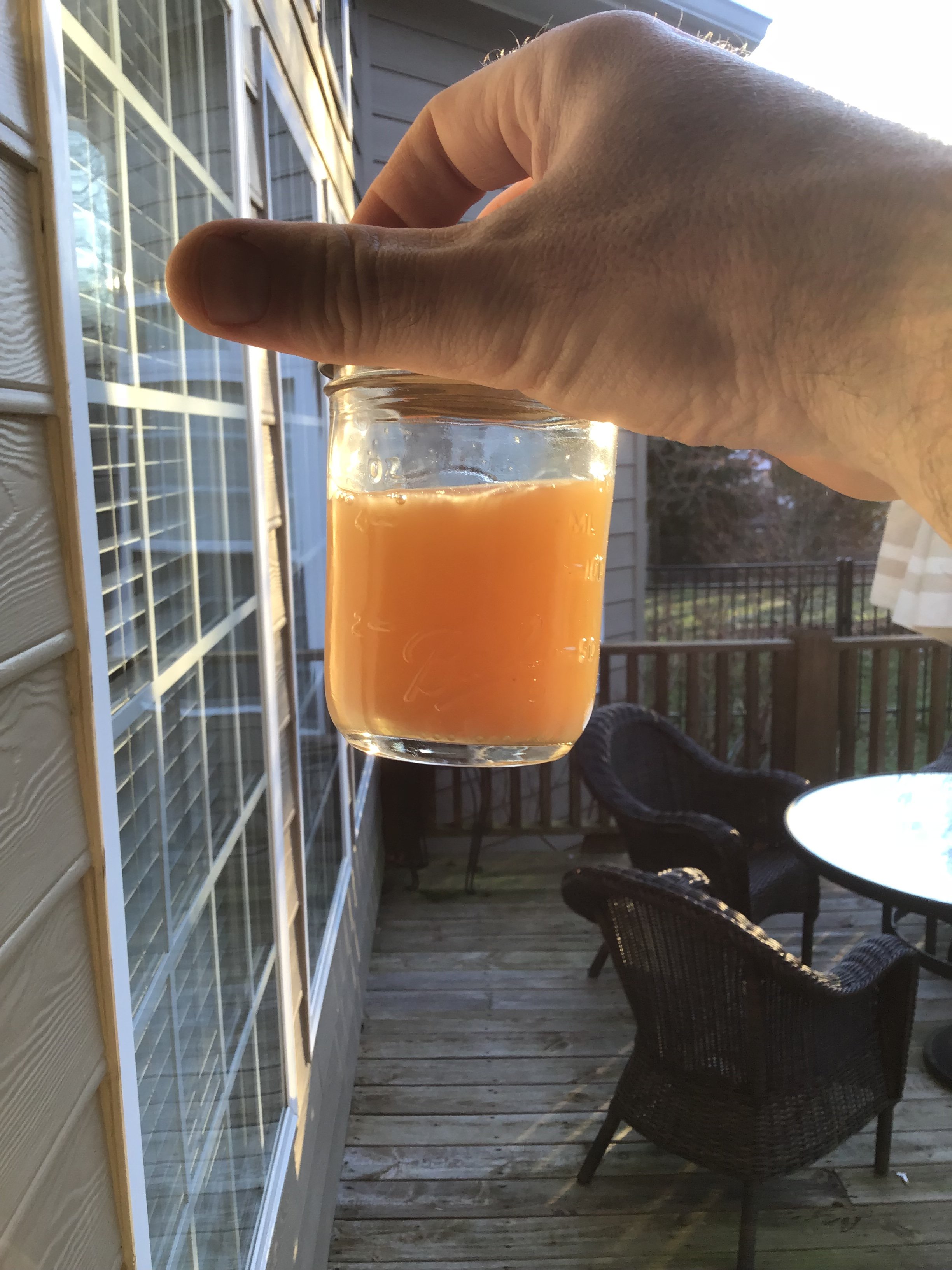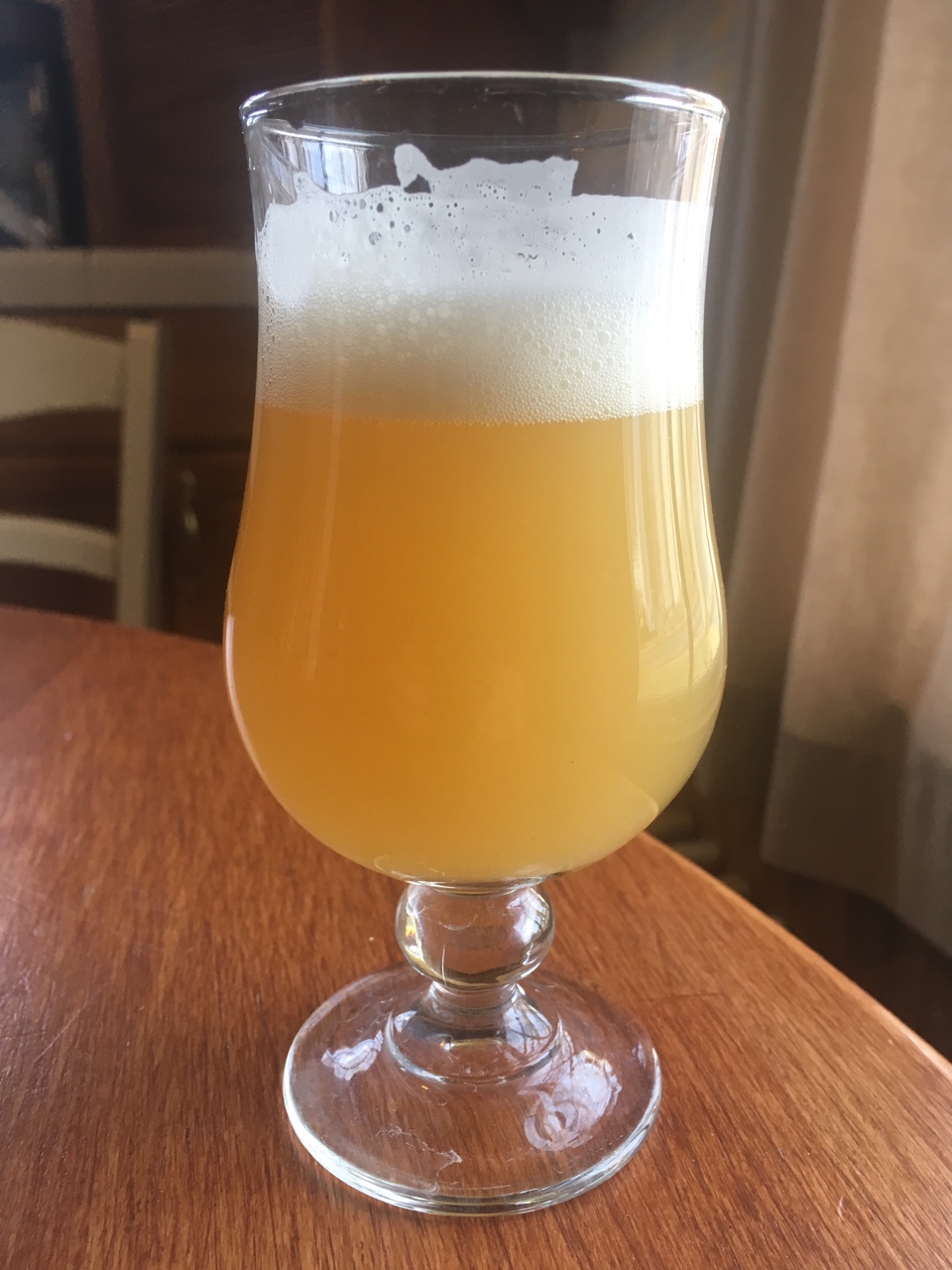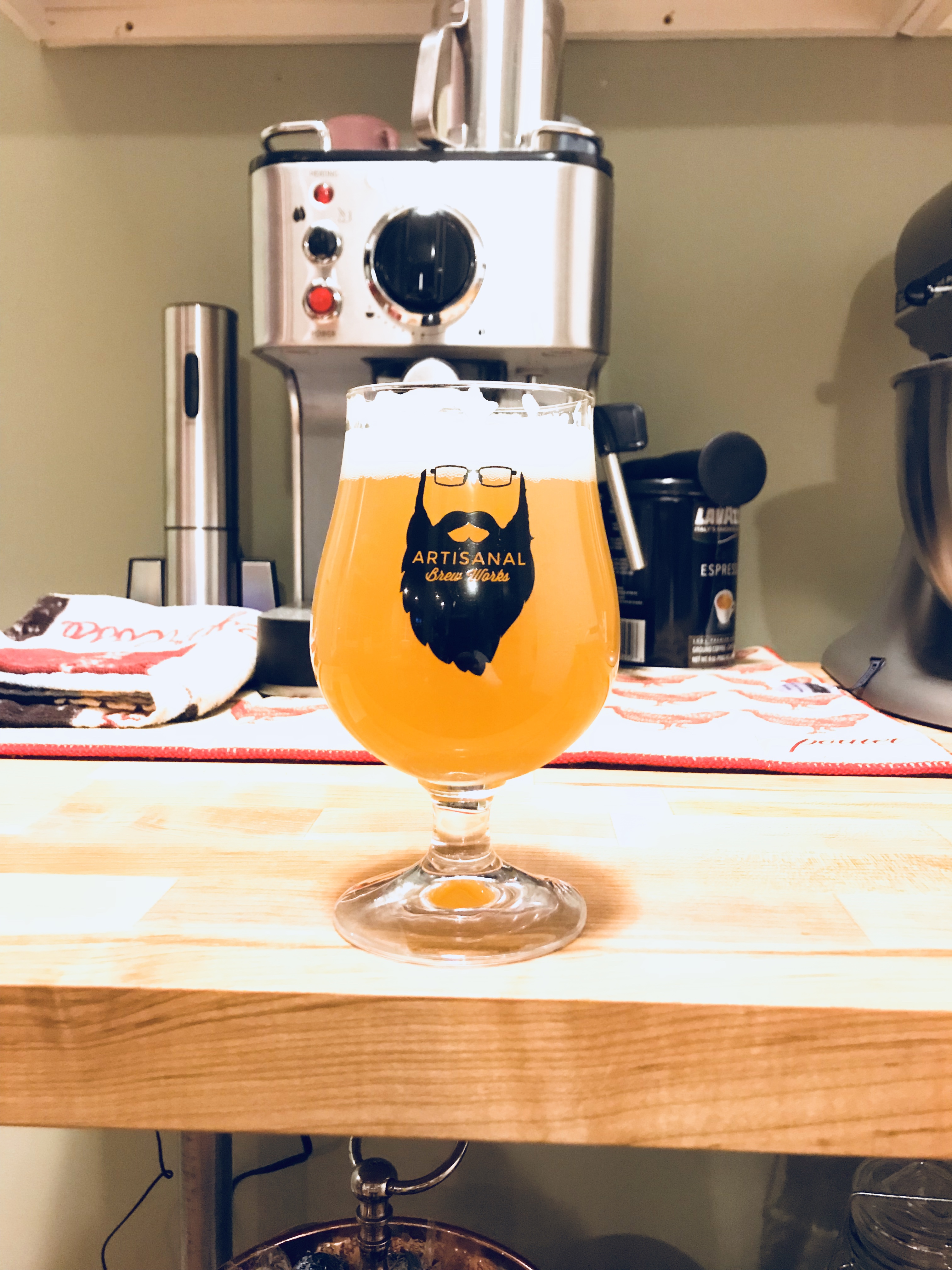That's very similar to my sparging process as well as I BIAB, in a mash tun instead using my old manifold. Makes life easier since I use a lot of rye and wheat in my beers, and I get a lot less volume losses. I'm going to estimate that I need to lower my pre-boil pH from 5.25 to 5.0 which estimates to 3.6ml of lactic acid per Brun water. I'll keep it to 3ml to be safe, and even if I don't hit 5.0 I'll be squarely in that 5.0-5.1 window which should be a big improvement over my past batches. This is great info and something I never considered when brewing IPAs and upping my late additions and dry hops.
I've been researching a lot since I started following this thread and read that some people do a quick dose of lactic when adding the dry hops as well to offset the pH rise from the large DH addition. That seems a bit overkill, especially if your beer is nearing FG at a pH of 4.1-4.3 when the DH goes in. At worst I would assume a 0.05 rise in pH which would still land you where you want to be with a dry hoppy ale, right?
Edit:
@plazola86 I was thinking about doing a full BIAB no sparge this time around for that exact reason. I also find I'll need less gypsum and lactic if doing it that way, per the calculator. I just don't like the idea of that large of an efficiency drop. I've never actually gone no sparge before, but I can expect an efficiency drop from my norm 72% to around the mid-60s right?












![Craft A Brew - Safale BE-256 Yeast - Fermentis - Belgian Ale Dry Yeast - For Belgian & Strong Ales - Ingredients for Home Brewing - Beer Making Supplies - [3 Pack]](https://m.media-amazon.com/images/I/51bcKEwQmWL._SL500_.jpg)






































